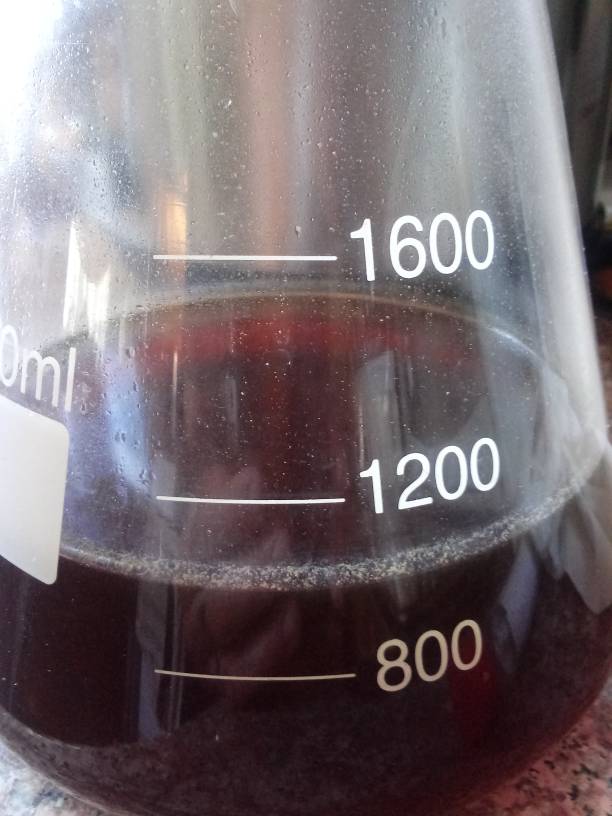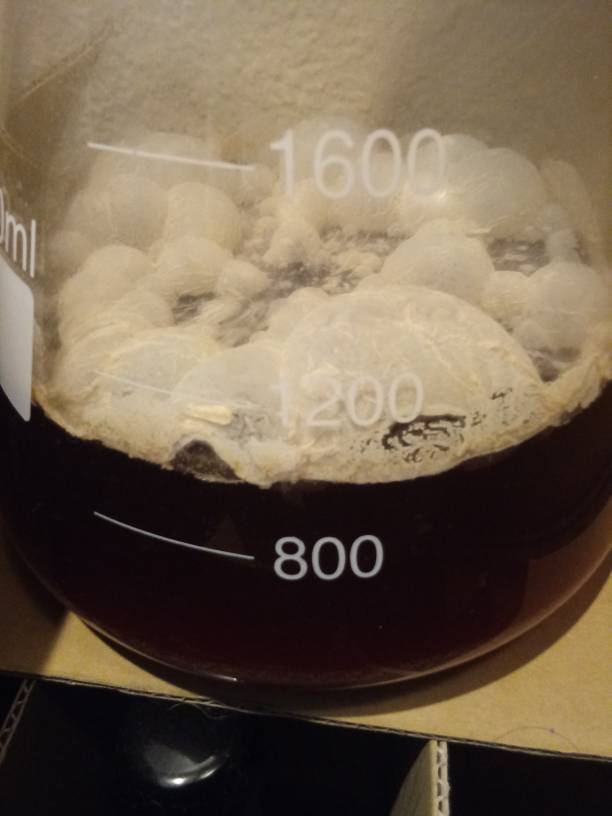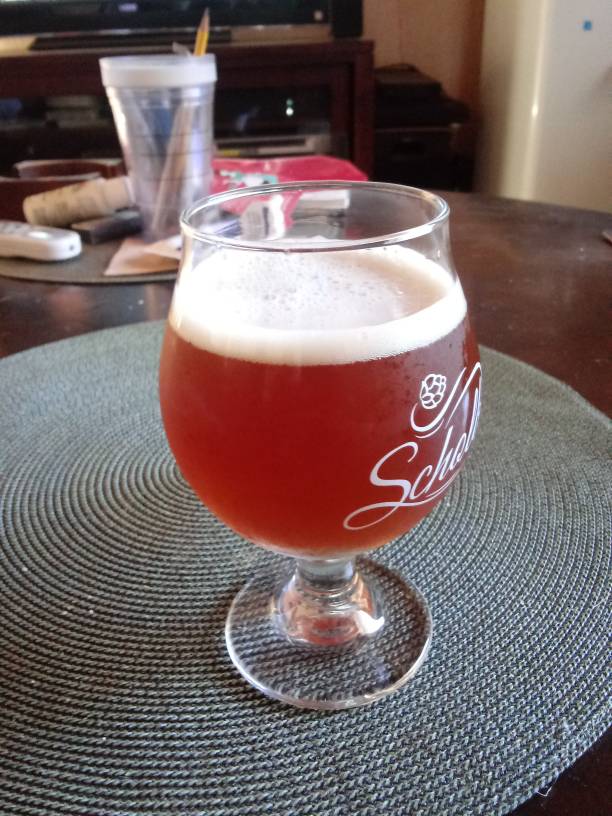hotwatermusic
Well-Known Member
I would like to try using chloride dioxide to kill bacteria in finished kombucha. My hope is that i can then pitch the remaining kombucha into a starter and build up just the wild yeast and eventually try fermenting either beer or cider with it. I love the level of funk my kombucha has.
Has anyone tried anything along these lines? I've perused other threads about washing slurries and would probably attempt something along those lines.
20-40 ppm in a 300ml sample to start.
Has anyone tried anything along these lines? I've perused other threads about washing slurries and would probably attempt something along those lines.
20-40 ppm in a 300ml sample to start.






